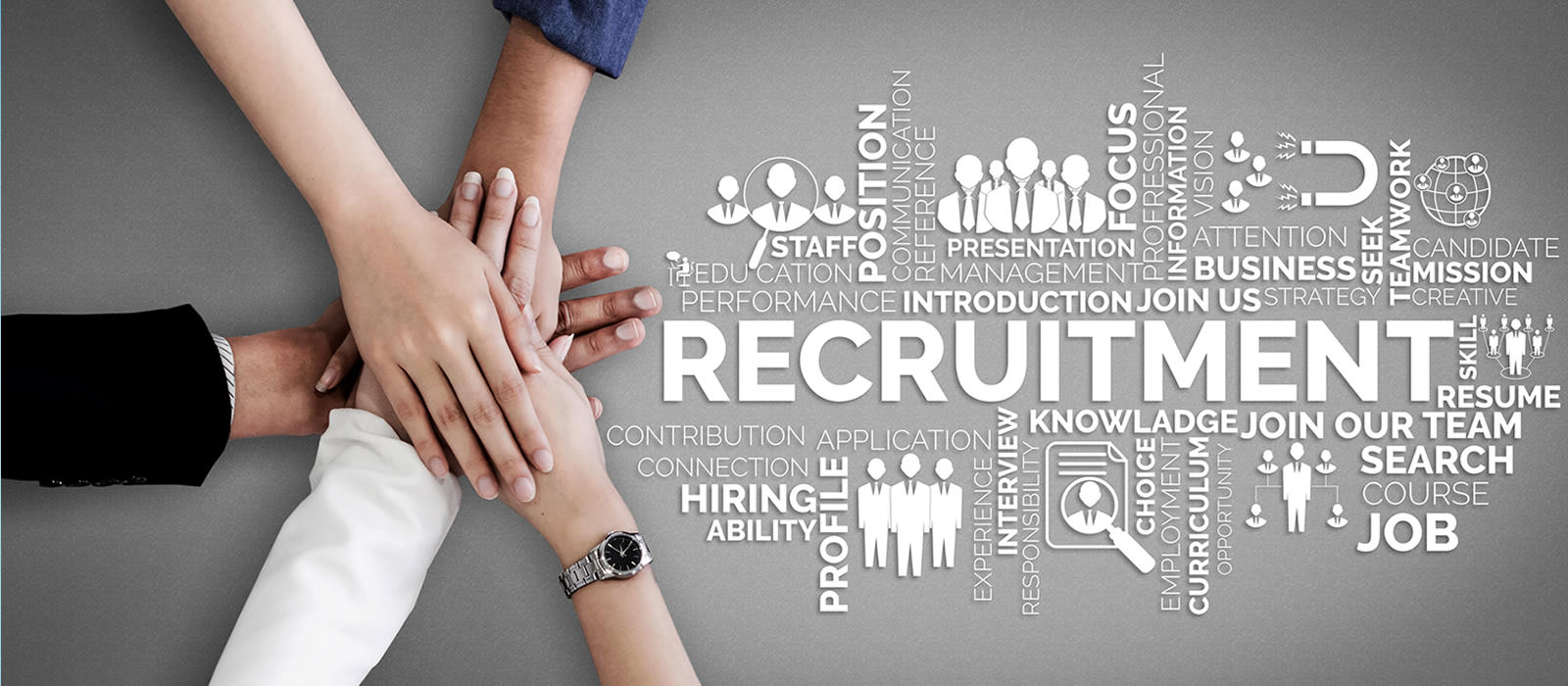Ask most leaders these days and they will tell you that they continue to evolve their organization’s cultures. The reasons are many and diverse but are primarily driven by organizational change and transformation.
Yet many leaders struggle with how to undertake shifting an organization’s culture and frequently place an undue emphasis on educating employees about the “new” expected behaviours and “ways of working.” Indeed, awareness and understanding of what is expected is fundamental to the successful evolution of any culture, but meaningful and lasting culture change can only be achieved with a more holistic approach. This requires efforts to be embedded – that is, fully operationalized – across all business operations and key processes.
What is the most effective way to bring new behaviours to life beyond words on a page, posters in a hallway, or remarks from the CEO?
Let’s take just one aspect of all company operations: workforce management. Further, if we consider a few stages of the employee lifecycle, we will see what operationalizing behaviours really looks like.
Consider the beginning of the lifecycle – the recruitment process – and we can see at the outset a unique and powerful way that culture change can be anchored for success. This includes everything from how candidates are sourced and screened (e.g. the use of technology if the company positions themselves as digitally advanced), to the list of qualifications being sought, to the questions asked by the employer as well. With a more aligned and strategic approach to the desired culture, recruiters are more apt to ensure insights that are surfaced during an interview will inform whether a candidate will help foster or hinder the culture the organization is seeking.
Once the candidate has been hired, they begin (hopefully) a formal onboarding process. Do the players involved in this process (beyond HR) reinforce the culture the organization is desiring? (e.g. a culture steeped in a teams-based approach). Do the activities that comprise onboarding also reflect the desired culture?
With the candidate firmly in place, let’s shift to another phase of the lifecycle: performance management. How often does the employee receive feedback about their performance? How if that feedback delivered? Do they have regular and meaningful one-to-one meetings with their manager? If an organization claims their culture is one that is committed to talent growth and development, then one would reasonably assume these check-ins would occur with rigor and discipline.
Finally, there is the year-end evaluation. What kinds of opportunities lie within this stage to reinforce the company culture? Let’s consider the weighting of the ‘what’ vs. the ‘how’ of an employee’s evaluation. The ‘what’ refers to individual objectives that were developed by the employee and their manager. The ‘how’ refers to the way in which they did nor did not deliver those objectives. If they were to be evenly weighted, this would signal that demonstrating the organization’s values or key behaviours is core to strong performance.
While the employee lifecycle is just one example of how pervasive an organizational culture needs to be if it is strong and healthy, there are a myriad of other processes and parts of a organization’s operations that also serve as opportunities for cultures to be reinforced. The truth is, to shift an organizational culture, requires more than just interest and time. A thoughtful and comprehensive audit of the entire organization, coupled with intent, discipline, commitment, planning, and rigor to monitor and measure the changes being introduced, is the only way to align leaders and the entire workforce and make culture change a lasting reality.

